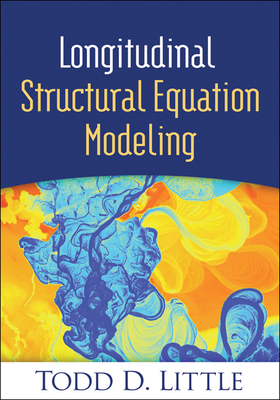Longitudinal Structural Equation Modeling

Longitudinal Structural Equation Modeling
Featuring actual datasets as illustrative examples, this book reveals numerous ways to apply structural equation modeling (SEM) to any repeated-measures study. Initial chapters lay the groundwork for modeling a longitudinal change process, from measurement, design, and specification issues to model evaluation and interpretation. Covering both big-picture ideas and technical "how-to-do-it" details, the author deftly walks through when and how to use longitudinal confirmatory factor analysis, longitudinal panel models (including the multiple-group case), multilevel models, growth curve models, and complex factor models, as well as models for mediation and moderation. User-friendly features include equation boxes that clearly explain the elements in every equation, end-of-chapter glossaries, and annotated suggestions for further reading. The companion website (www.guilford.com/little-materials) provides datasets for all of the examples--which include studies of bullying, adolescent students' emotions, and healthy aging--with syntax and output from LISREL, Mplus, and R (lavaan).
PRP: 706.80 Lei
Acesta este Pretul Recomandat de Producator. Pretul de vanzare al produsului este afisat mai jos.
600.78Lei
600.78Lei
706.80 LeiIndisponibil
Descrierea produsului
Featuring actual datasets as illustrative examples, this book reveals numerous ways to apply structural equation modeling (SEM) to any repeated-measures study. Initial chapters lay the groundwork for modeling a longitudinal change process, from measurement, design, and specification issues to model evaluation and interpretation. Covering both big-picture ideas and technical "how-to-do-it" details, the author deftly walks through when and how to use longitudinal confirmatory factor analysis, longitudinal panel models (including the multiple-group case), multilevel models, growth curve models, and complex factor models, as well as models for mediation and moderation. User-friendly features include equation boxes that clearly explain the elements in every equation, end-of-chapter glossaries, and annotated suggestions for further reading. The companion website (www.guilford.com/little-materials) provides datasets for all of the examples--which include studies of bullying, adolescent students' emotions, and healthy aging--with syntax and output from LISREL, Mplus, and R (lavaan).
Detaliile produsului












